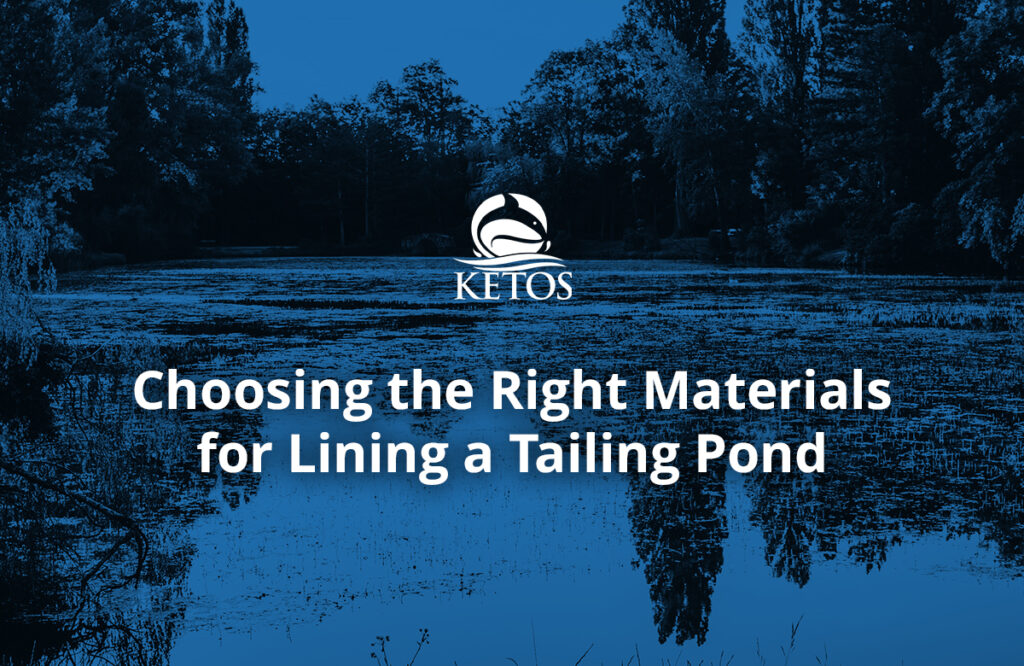Recently, environmental attorney Brent Fewell and former congressional staffer and policy advisor Joe Britton joined KETOS CEO Meena Sankaran to discuss impending clean water regulations on industrial, agricultural, and municipal water operations.
You can view the entire webinar here:
As mentioned in the webinar, transformative work in the areas of regulation and legislation has already begun in the first half of 2021.
Regulatory Clean Water Regulations and Priorities of the Biden Administration
Many American communities are struggling to maintain their water systems. This water infrastructure crisis impacts thousands of public water systems – many of which are in a state of non-compliance. This non-compliance raises health concerns, particularly around lead contamination and drinking water safety, leading the current administration to focus on bridging the divide between community needs and the costs.
Likely, there will be greater focus on compliance in three main areas and will ultimately lead to more attention being paid to water quality: regulation, legislation, and environmental justice.
With climate change driving drought in the west and climate impacts expected to increase in the years to come, more attention and focus will likely lead to more compliance and regulatory oversight. Recently, the Water Resources Development Act was passed, and additional ongoing negotiations are underway with the goal of including water into a bipartisan infrastructure agreement.
As proof of the government’s commitment to water quality, conservation, and access to safe, clean water – earlier this year, the bipartisan $35 Billion Drinking Water and Wastewater Infrastructure bill was passed to focus specifically on water infrastructure priorities. Other legislators, such as Katko and Bourdeaux have introduced other legislation that prioritizes remote intelligent water monitoring to protect water quality and water resources across various communities.
Low Income and Rural Communities Are No Longer Being Ignored
Approximately 54,000 public water systems exist in rural areas, and of those smaller systems, 86% are in communities of 10,000 or less. In the coming months and years, there’s likely to be a real focus on these communities as they face aging infrastructure and its impact on public health and water quality. Often, it is these disadvantaged communities that don’t have the resources needed to ensure water safety. Congress, as of late, is becoming conscious of that, when proposing legislation. In addition, they must be sure to direct funds to SRFs (State Revolving Funds) so that individual states can best decide how to use the capital for the benefit of the most at-risk communities.
As funds get allocated, infrastructure will not only be rebuilt in rural and disadvantaged communities but upgrades will also likely include 21st-century technologies that include smart devices that allow for remote monitoring.
Automated Water Quality Testing vs EPA Regulatory Frameworks
There is a genuine desire to move towards new technologies that ensure the integrity of water. The EPA has shown interest in moving quickly to utilize technological advances to protect communities and water resources more effectively. That said, the EPA also still has many rules and procedures in place that are geared towards traditional laboratory testing and manual sampling. Automated sampling is a new paradigm that, while being embraced, also requires removing regulatory barriers that have made its integration into systems move slower than necessary.
However, automated testing is the future, and the EPA seems encouraged by its capabilities and potential. Many utilities and organizations are aware they need to collect a certain amount of samples to ensure proper data collation. They understand that collecting these samples can prove water safety and ensure they are meeting EPA requirements. However, traditional collection methods are expensive and become even more so with more testing. This isn’t the case with automated sampling, which is not only less labor-intensive, it’s also cheaper and does not cost more should an organization wish to test more often. It could also create subsidies for utilities that have increased frequency of testing thus enabling greater visibility and proactive action on water discharge into the environment.
Once more automated solutions become mainstream, communities will encounter fewer barriers to entry. Right now, it’s the regulations that need to catch up with the technology, as the technology is already there to help communities effectively monitor their water for pennies on the dollar.
Clean Water Regulations: After 50 Years, Look Out For an EPA Policy Shift
There’s a general acknowledgment on every level of business and government that technology has leapt forward while government regulation has lagged behind. As new technologies, however, have proven capable of ensuring public health, the EPA has begun to take note.
There’s also cost-effectiveness inherent in adopting technology. As the EPA increases regulatory burdens and adds more chemical and contaminant monitoring requirements to the mix, the pushback in terms of hard costs comes from more sampling more often. The burden of sampling will grow, and, over time, the EPA will have to recognize that the cost of monitoring additional contaminants needs to be reckoned with. The recent focus on PFAS and the addition of boron, manganese are some examples of new additions.
Many communities simply can’t afford the additional costs of wastewater, drinking water, and stormwater sampling. Leaning into technology will help make sampling possible and dramatically draw down prices for these communities while simultaneously raising accuracy and accountability. As data management becomes top of mind for several end-users and staying current on NPDES permits is of utmost importance, procedures that regulators create or allow for, should help users comply with ease of operations.
If you’re ready to integrate a solution that helps you better anatomize your data, KETOS is here to help. Our KETOS Shield technology can deliver laboratory-quality results (across dozens of parameters) – giving your organization the power to analyze results and act on what you see in real-time. Contact us today and schedule a demo.










